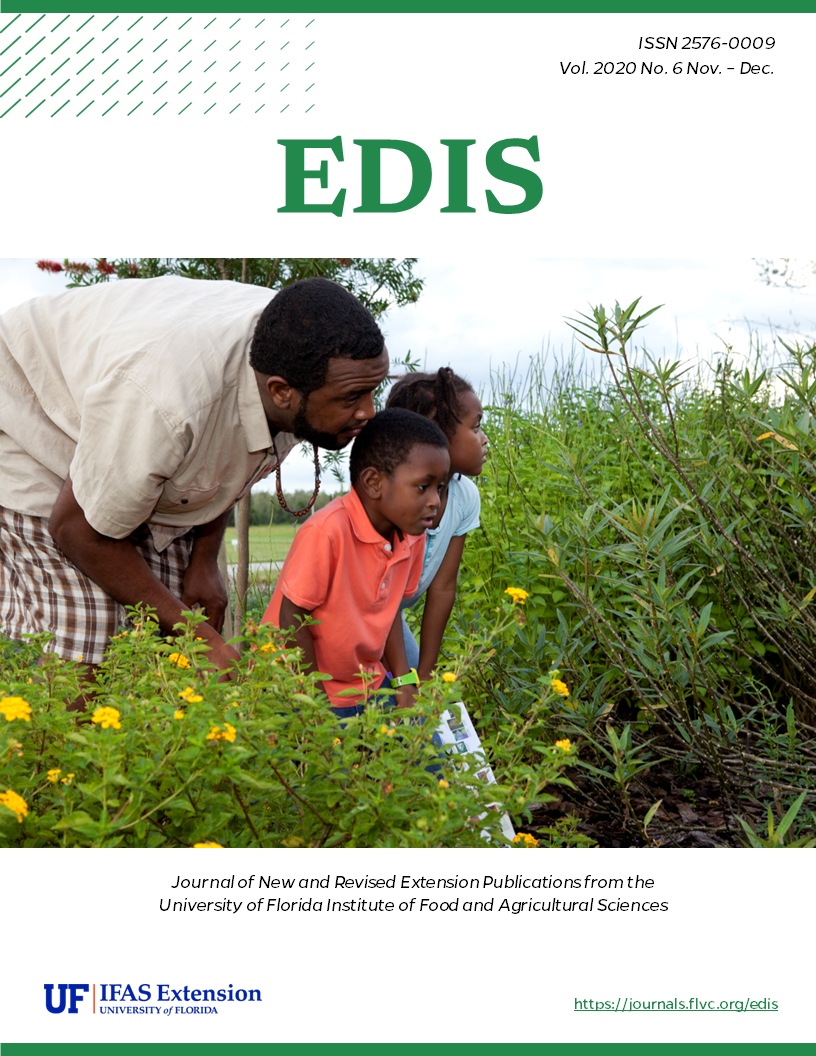Abstract
Internet of Things (IoT) has been widely used in agriculture for smart farming and precision agriculture to improve efficiency and effectiveness in a data-oriented fashion. Monitored data is collected at a much higher frequency and in relatively higher reliability and accuracy than those of the manually collected information. However, there is a challenge with such large data sets in how the data is stored and processed to keep the information completeness and meet the dynamic requirements for future development and usage. The data from such systems typically consists readings from monitoring sensors and corresponding attributes, such as location, units, measurement types (e.g. air temperature, wind speed, air pressure) for each measurement. Problems such as huge data redundancy, loss of information, and inflexible data structure may occur and cost substantial time and investment for IoT system managers who do not have the necessary professional training and are not using any IT consulting service. This publication discusses the typical attributes in IoT monitoring networks and presents a data structure that outlines best practices in organizing data. The main goal is to provide knowledge on how such a system’s data should be structured so that these IoT monitoring network owners, such as agricultural producers, can optimize how they use their data. Thus, the primary audience is agricultural producers, consultants and others who install, manage, or use such IoT monitoring systems for decision making.
This work is licensed under a Creative Commons Attribution-NonCommercial-NoDerivs 4.0 International (CC BY-NC-ND 4.0) license.

